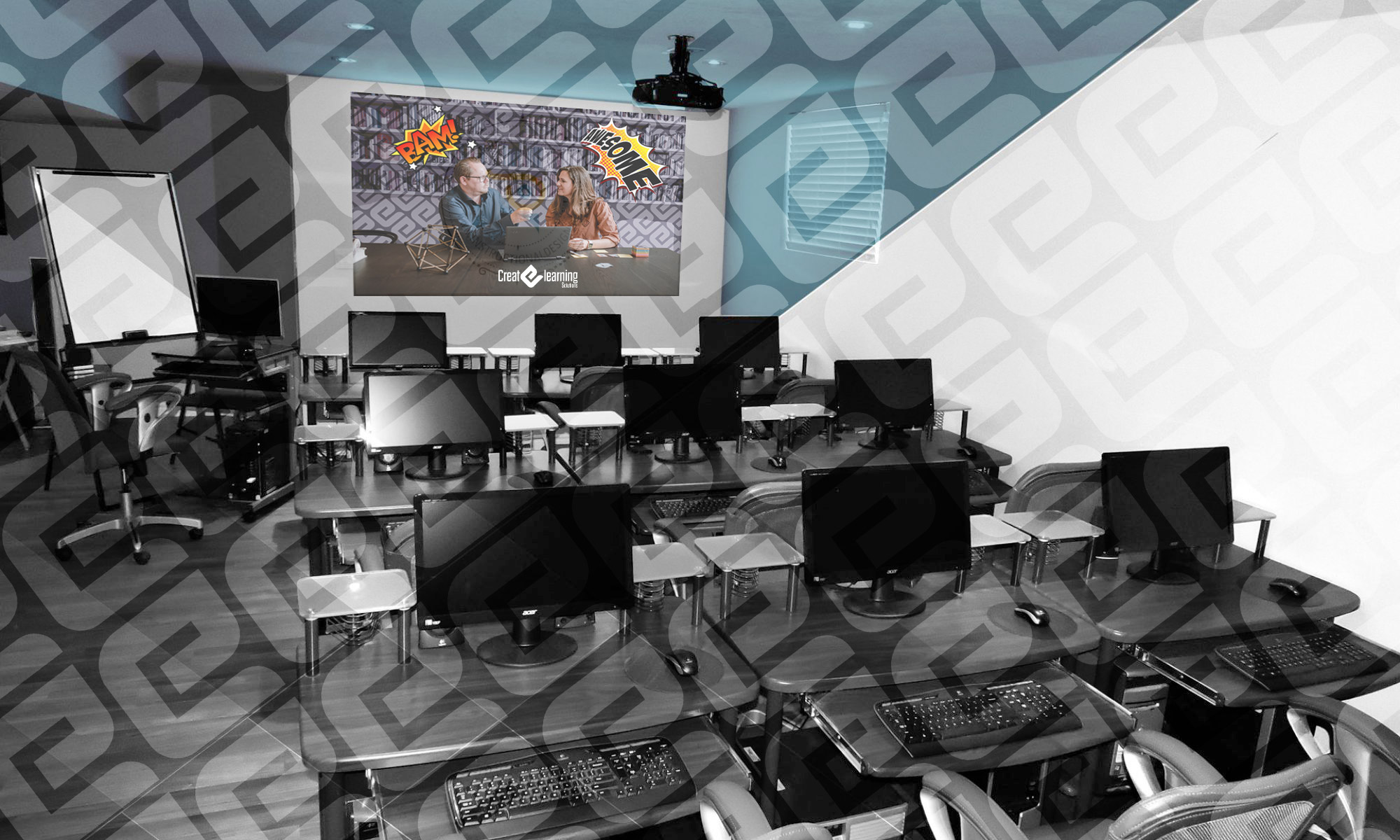I get often asked what standard good UI/UX for e-learning design would be. Well…… That depends on your target group, the learning objectives and the targets group use of technology.
Lets start with the beginning of digital learning (experience) design.
The comming time we will adress more about Digital and non Digital Tech and Design fundamentals to aid you in transiting into becoming a more relevant Instructional Designer.
For instance, something most Instructional Designers never think of is designing solutions beyond the WIMP standard. The what…? Well basically, this makes the point we want to talk about. You as instructional designer are most likely using most of the time the WIMP standard when designing your elearning material. Did you consciously knew that?
So again for an Instructional Designer moving into the world of eLXD / EXD it is first important to understand some basic theories and practices around IT &/ Design fundamentals. And no you will not learn them through the millions of SALES posts you receive.
Unfortunately there is no going around the bush with this. I personally feel that an Learning Solutions Consultant, Designer/Developer nowadays needs to become more IT and Design understanding of the basic IT Tech and Design principles that govern Digital Learning Experience. And NO, that does not mean that knowing how to use the tools like Articulate, Photoshop or an LMS will grant you untouchable ID powers. They are tools, not solutions . To understand how to use the tools you need to understand the underlying fundamentals and principles. So lets start with the beginning.
Hope you will join this new ELearning Experience Design revolution.
For those interested in what WIMP stands for, please click the link below.
https://en.wikipedia.org/wiki/WIMP_(computing)
DO NOTE: We are currently in a post-WIMP world, contemplate a little on that when designing your next digital learning solutions.
As always Cheers!


